Researchers are trying to store robust quantum information in Majorana particles and are generating quantum gates by exploiting the bizarre non-abelian statistics of Majorana zero modes bound to topological defects.
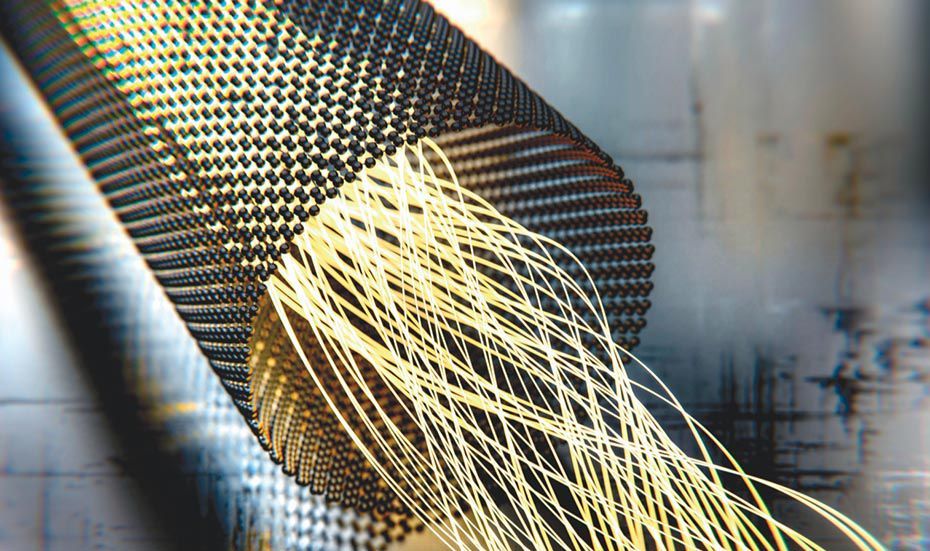


Quantum engineers from UNSW Sydney have created artificial atoms in silicon chips that offer improved stability for quantum computing, according to a news release.
In a paper published today in Nature Communications, UNSW quantum computing researchers describe how they created artificial atoms in a silicon ‘quantum dot’, a tiny space in a quantum circuit where electrons are used as qubits (or quantum bits), the basic units of quantum information.
Scientia Professor Andrew Dzurak explains that unlike a real atom, an artificial atom has no nucleus, but it still has shells of electrons whizzing around the centre of the device, rather than around the atom’s nucleus.

A Finnish research group has found strong evidence for the presence of exotic quark matter inside the cores of the largest neutron stars in existence. They reached this conclusion by combining recent results from theoretical particle and nuclear physics to measurements of gravitational waves from neutron star collisions.
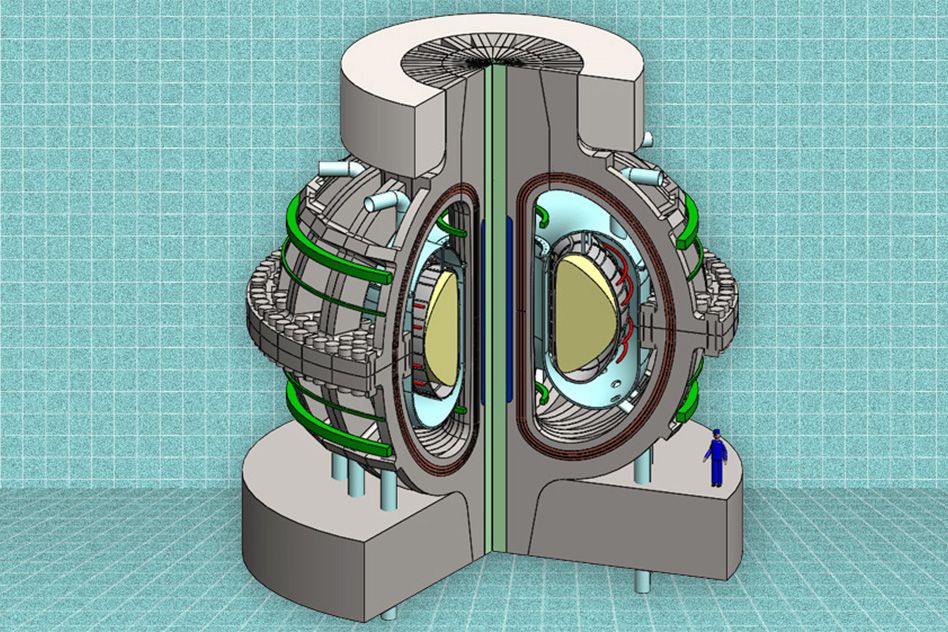
Circa 2015
Fusion power can seem a bit like the last bus at night; it’s always coming, but never arrives. MIT is working to change that with a new compact tokamak fusion reactor design based on the latest commercially available magnetic superconductor technology. The ARC (affordable, robust, compact) reactor design promises smaller, cheaper reactors that could make fusion power practical within 10 years.
A commercially viable fusion reactor has been the Holy Grail of engineering since the 1950s, with the potential to turn almost all other major electricity sources into an historical footnote overnight. If perfected, it would essentially be an inexhaustible source of power, impacting on almost every aspect of life, from the environment to global politics. The trick is making it practical.
Put simply, fusion involves placing hydrogen atoms under very high heat and pressure until they fuse into helium atoms, which releases tremendous amounts of energy. The Sun does this as a matter of course, but reproducing those conditions on Earth outside of a hydrogen bomb has proven difficult.
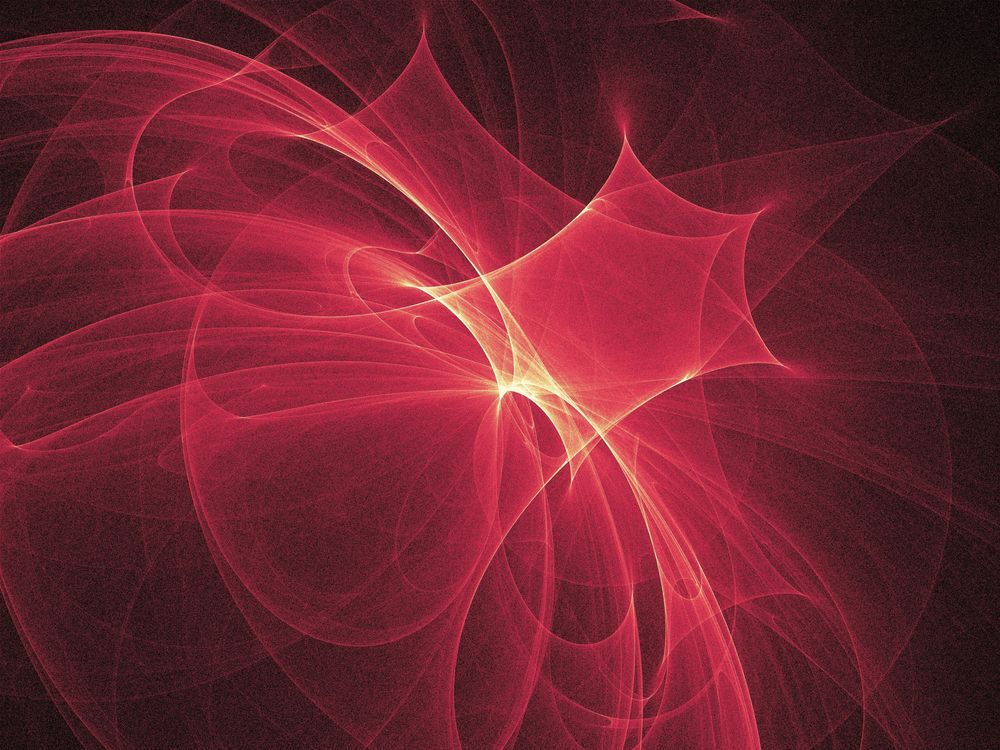
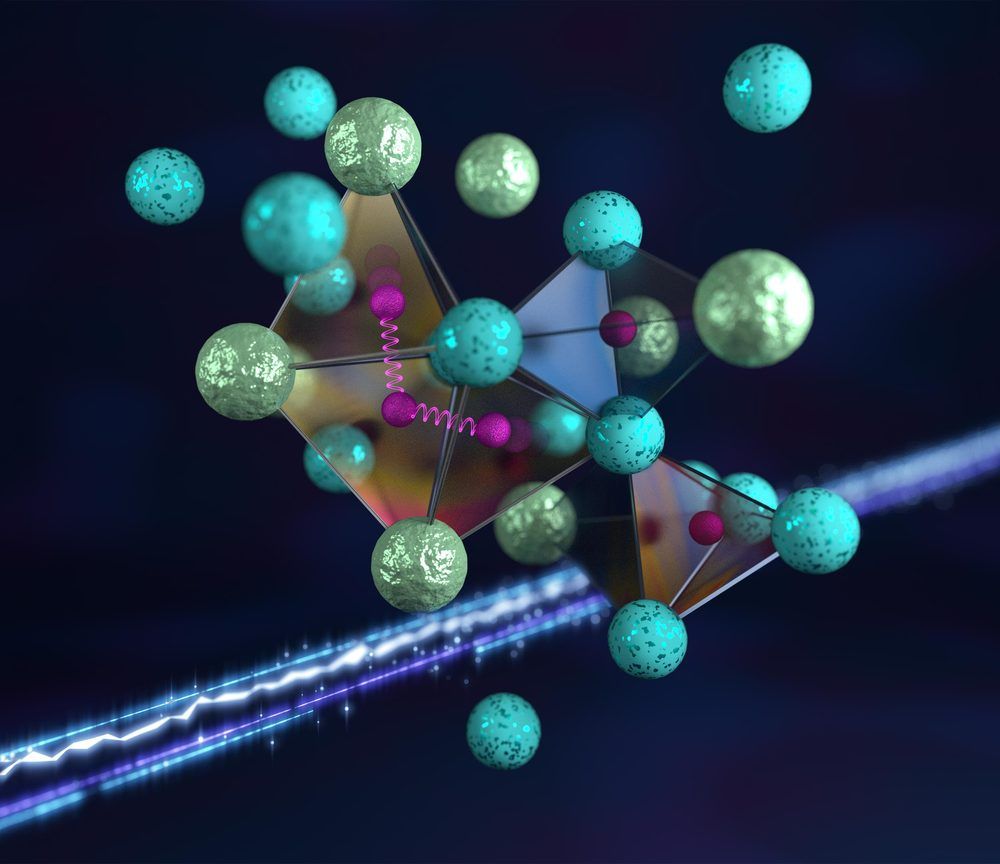
An international team of researchers has discovered the hydrogen atoms in a metal hydride material are much more tightly spaced than had been predicted for decades — a feature that could possibly facilitate superconductivity at or near room temperature and pressure.
Such a superconducting material, carrying electricity without any energy loss due to resistance, would revolutionize energy efficiency in a broad range of consumer and industrial applications.
The scientists conducted neutron scattering experiments at the Department of Energy’s Oak Ridge National Laboratory on samples of zirconium vanadium hydride at atmospheric pressure and at temperatures from −450 degrees Fahrenheit (5 K) to as high as −10 degrees Fahrenheit (250 K) — much higher than the temperatures where superconductivity is expected to occur in these conditions.

New machine learning methods bring insights into how lithium ion batteries degrade, and show it’s more complicated than many thought.
Lithium-ion batteries lose their juice over time, causing scientists and engineers to work hard to understand that process in detail. Now, scientists at the Department of Energy’s SLAC National Accelerator Laboratory have combined sophisticated machine learning algorithms with X-ray tomography data to produce a detailed picture of how one battery component, the cathode, degrades with use.
The new study, published this month in Nature Communications, focused on how to better visualize what’s going on in cathodes made of nickel-manganese-cobalt, or NMC. In these cathodes, NMC particles are held together by a conductive carbon matrix, and researchers have speculated that one cause of performance decline could be particles breaking away from that matrix. The team’s goal was to combine cutting-edge capabilities at SLAC’s Stanford Synchrotron Radiation Lightsource (SSRL) and the European Synchrotron Radiation Facility (ESRF) to develop a comprehensive picture of how NMC particles break apart and break away from the matrix and how that might contribute to performance losses.
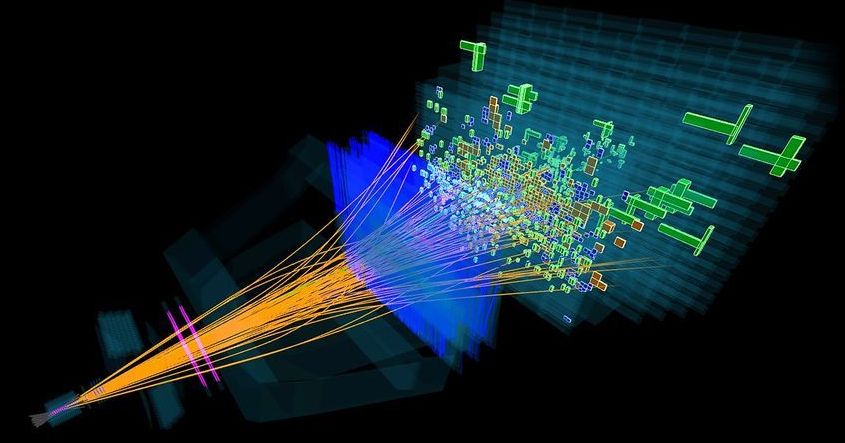
In their latest analysis, first presented at a seminar in March, the LHCb physicists found that several measurements involving the decay of B mesons conflict slightly with the predictions of the standard model of particle physics—the reigning set of equations describing the subatomic world. Taken alone, each oddity looks like a statistical fluctuation, and they may all evaporate with additional data, as has happened before. But their collective drift suggests that the aberrations may be breadcrumbs leading beyond the standard model to a more complete theory.
“For the first time in certainly my working life, there are a confluence of different decays that are showing anomalies that match up,” said Mitesh Patel, a particle physicist at Imperial College London who is part of LHCb.
The B meson is so named because it contains a bottom quark, one of six fundamental quark particles that account for most of the universe’s visible matter. For unknown reasons, the quarks break down into three generations: heavy, medium, and light, each with quarks of opposite electric charge. Heavier quarks decay into their lighter variations, almost always switching their charge, too. For instance, when the negatively charged heavy bottom quark in a B meson drops a generation, it usually becomes a middleweight, positively charged “charm” quark.
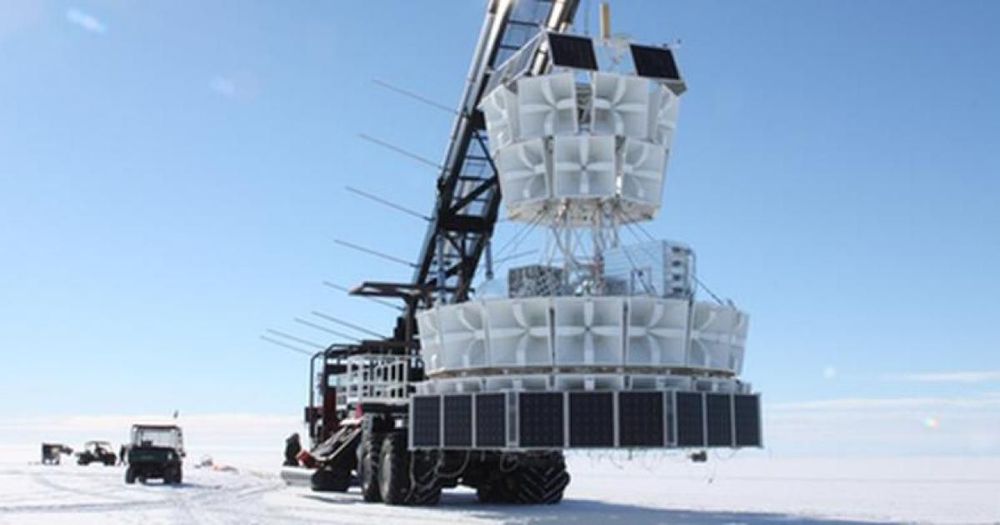
NASA has conducted an experiment in Antarctica, which has revealed new evidence that a parallel universe exists, except the rules of physics, are the opposite of ours.
Physicists have been debating among one another since 1952 of the possibility of a multiverse, whereby many universes exist parallel to ours. These universes could have different laws of physics, or even be similar to ours — just with different timelines.
The original theory was proposed by Quantum science pioneer Erwin Schrodinger, and even he admitted that he might have seemed a little crazy when he hosted that lecture. But now a new discovery has pushed scientists to reconsider if his theory is really as far-fetched as they thought it was. A cosmic ray detection experiment in Antarctica found a particle that very well may be from another universe.
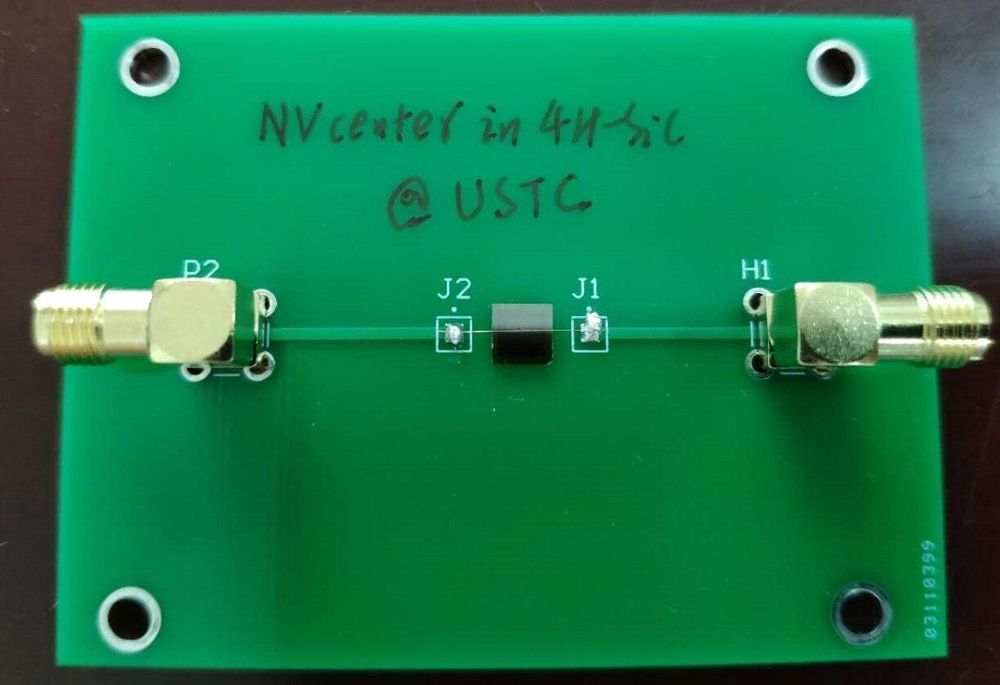
Decoherence is the bane of quantum technologies. In coherent systems, the phase of the wave functions representing the quantum states of particles in the system have definite relations between each other. This allows quantum devices to operate in a meaningful way that differs from classical devices. However, interacting with the world around us rapidly leads to decoherence, which makes it harder to exploit quantum effects for enhancing computation efficiency or communication security. Research has shown that quantum systems with impressively long coherence times are possible in diamond, but diamond is far from the favorite for manufacturers. Now, researchers at the University of Science and Technology in Hefei and Wuhan University in China have demonstrated SiC can boast some of the quantum merits of diamond with the additional advantage of optical control at the wavelengths used by the telecommunications industry.
The defects prized for quantum technologies are nitrogen-vacancy (NV) centers, in which a carbon atom in diamond is replaced by a nitrogen with a missing carbon at the neighboring crystal lattice site. What makes this kind of defect interesting for quantum technologies is that you can control its quantum spin states with light and produce photon-spin entanglement with long coherence times, even at room temperature. The difficulties arise when trying to position the technology in the real world as opposed to the lab. The photon-spin interactions for NV centers in diamond need light at visible wavelengths—telecommunications wavelengths are much longer. In addition, these finely engineered devices need to be hacked out of one of the hardest (and most expensive) materials known to man, one that industry does not have established nanofabrication protocols for.
It turns out there are types of defects in SiC that might also be useful for quantum technologies. SiC is widely used in power electronics, so commercially viable avenues for producing SiC devices already exist. Over the past 10 years, vacancies and divacancies (where one or a pair of atoms in the lattice are absent) in SiC began to attract interest when researchers learned that they could also control their spin states with light at room temperature with long coherence times. The observation of NV centers in SiC really piqued interest, as these were optically active at the wavelengths used by the telecommunications industry as opposed to the shorter visible wavelengths needed to control the spin states of vacancies and divacancies in SiC.